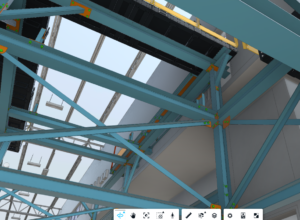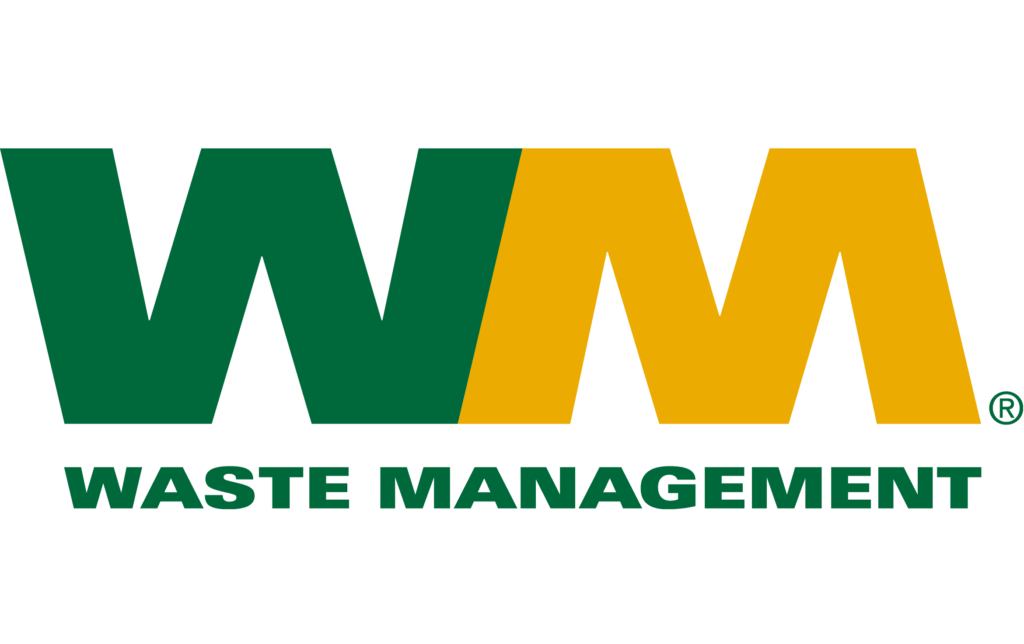Building Information Modeling, or BIM, is a transformative digital process that has redefined the dynamics of Architecture, Engineering and Construction (AEC) industry. BIM is more than just a 3D design tool; it’s a comprehensive system enabling architects, engineers, and construction professionals to collaborate efficiently and sustainably on design, build, and manage edifices. BIM saves time, reduces costs, and enhances quality, which makes it increasingly common on AEC projects. A critical question arises: should you manage BIM in-house, or outsource to a specialized BIM services provider? Let’s delve deeper into the pros and cons of both approaches.
In-House BIM Management: A Closer Look
In-house BIM management offers many benefits. For instance, having control over the entire process, superior knowledge of the project-specifics, and a dedicated team with an intrinsic understanding of the company’s unique requirements are key advantages. This approach allows for a higher level of development, a cohesive BIM plan, and fine-tuned BIM project management.
However, managing a BIM environment in-house also calls for substantial investment in time, resources, and training. A firm needs skills, experience, and resources, including cutting-edge BIM modeling software and equipment, to support an in-house team. BIM management teams must stay abreast with evolving technology and industry regulations and standards, which can be challenging and time-intensive. The cost of salaries, training, and equipment can significantly inflate a company’s overheads, possibly impacting the ROI of BIM implementation.
Outsourcing BIM Services: Weighing the Benefits and Risks
On the contrary, outsourcing BIM to a third-party provides a more cost-effective and efficient solution, enabling rapid BIM deployment. Experienced BIM outsourcing services have extensive knowledge in BIM implementation, and they often have access to advanced equipment and software that may not be available in-house. They offer a wide array of BIM modeling services, from BIM 3D modeling to structural BIM services.
Third-party BIM companies introduce innovative tools and processes to improve project efficiency and quality, reducing project timelines and costs. Furthermore, they boast a specialized workforce capable of managing complex BIM projects. Outsourcing also eliminates the need for companies to invest heavily in recruitment, training, and technology upgrade, making it an affordable and flexible solution.
However, outsourcing BIM services is not without its caveats. One major concern is data protection. Outsourcing necessitates sharing your company’s data with third parties, potentially exposing you to the risk of data breaches. This makes the establishment of a robust common data environment (CDE), crucial for BIM data protection.
Additionally, the risk of miscommunication, delays, and misunderstandings increases with outsourcing. Choosing the wrong third-party BIM company could lead to unnecessary costs, time loss, and potential reputational damage.
The Bottom Line
In conclusion, the decision on whether to manage BIM in-house or outsource depends on the specific needs and capabilities of each company. While in-house management provides greater control and higher customization, it demands considerable investments. In contrast, outsourcing BIM services can be cost-effective and efficient, but potential risks must be managed effectively.
Regardless of the approach, it’s undeniable that BIM construction management holds the key to improved efficiency and sustainability in the AEC industry. Whether managed in-house or outsourced, what matters most is that BIM services are implemented effectively and managed proficiently. For companies unsure of which path to take, contact OAR Scanning today and we are happy to talk you through options specific to your projects.


